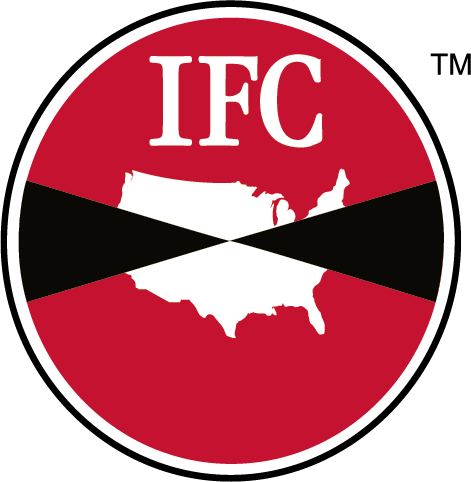One emerging option is the use of probiotic cleaners. Also known as “biological cleaners” or “bioremediation services,” these cleaning agents utilize beneficial Bacillus bacteria to digest undesirable organic materials. This class of cleaners typically contain a mixture of bacteria which digest a wide range of waste types—including fats, oils, grease, phosphates, carbohydrates, cellulose, urea and proteins—all while leaving behind just water and mineral ash.
WHAT PROBIOTIC CLEANERS CAN DO
Buildups of organic materials can typically be found on waste chutes or receptacles, or spillage on the ground near entrances, potentially signaling weak points in sanitation programs. The buildups and resulting odors are highly attractive and conducive to development of some of the worst pests, like flies, roaches and rodents—not to mention dangerous pathogens.
Probiotic cleaners provide a uniquely effective method of dealing with these “trouble” spots, as they can be distributed via broadcast applications of foaming cleaners over relatively large areas indoors or out. Applications can be made very efficiently with a variety of spray equipment, including hand applicators, power washers or versatile, battery-powered backpack sprayers. Applications over fair-sized areas such as dumpster stations, compactors or waste material loadouts can be made efficiently in a matter of minutes. Liquid spray solutions foam on impact to provide a longer soak time on organic materials and allow colonization of the beneficial bacteria. What’s more, these cleaning products usually have a fresh citrus odor, at once repelling pests and making these regions of your facility more pleasant for humans to traverse.
While probiotic cleaners are not necessarily “new,” many industry professionals are just now learning the effectiveness of broadcast applications. A similar spectrum of bacteria has been used for years in drain foamer products, mop water additives, slow-release floating blocks for sump pits, specialized products for bird dropping cleanup and others. However, advancements in the formulation and quality of bioremediation services for specific uses has led to variations in delivery methods and foaming characteristics.
SAFETY AND PROPER USAGE
Probiotic cleaners have no toxicity or direct pesticidal activity. The National Science Foundation (NSF) allows them for use in inedible product processing areas, non-processing areas and exteriors of food processing plants. In addition, usage statements have been approved for United States Department of Agriculture (USDA) inspected meat and poultry plants, as well as National Organic Program (NOP) compliant processing facilities.
While these cleaners are both safe and effective, it’s important to understand that they are mainly intended for the cruder sorts of organic material removal, not food processing equipment or food contact surfaces. These areas should still be washed, rinsed and sanitized as necessary.
AN ALL-ENCOMPASSING PLAN
No one cleaning tool or method is enough to maintain standards for an entire facility. That’s why it’s important to have an Integrated Pest Management (IPM) program in place. IPM methodology uses all available tools and techniques to eliminate pests and maintain acceptably low pest population levels. This can include sanitation, trapping, exclusion, monitoring, environmental manipulation and pesticide use. Probiotic cleaners (as bioremediation services) have the potential to be tremendous assets in an IPM program, assisting in the management of multiple food plant pests by efficiently and economically reducing attractive odors and food sources.


